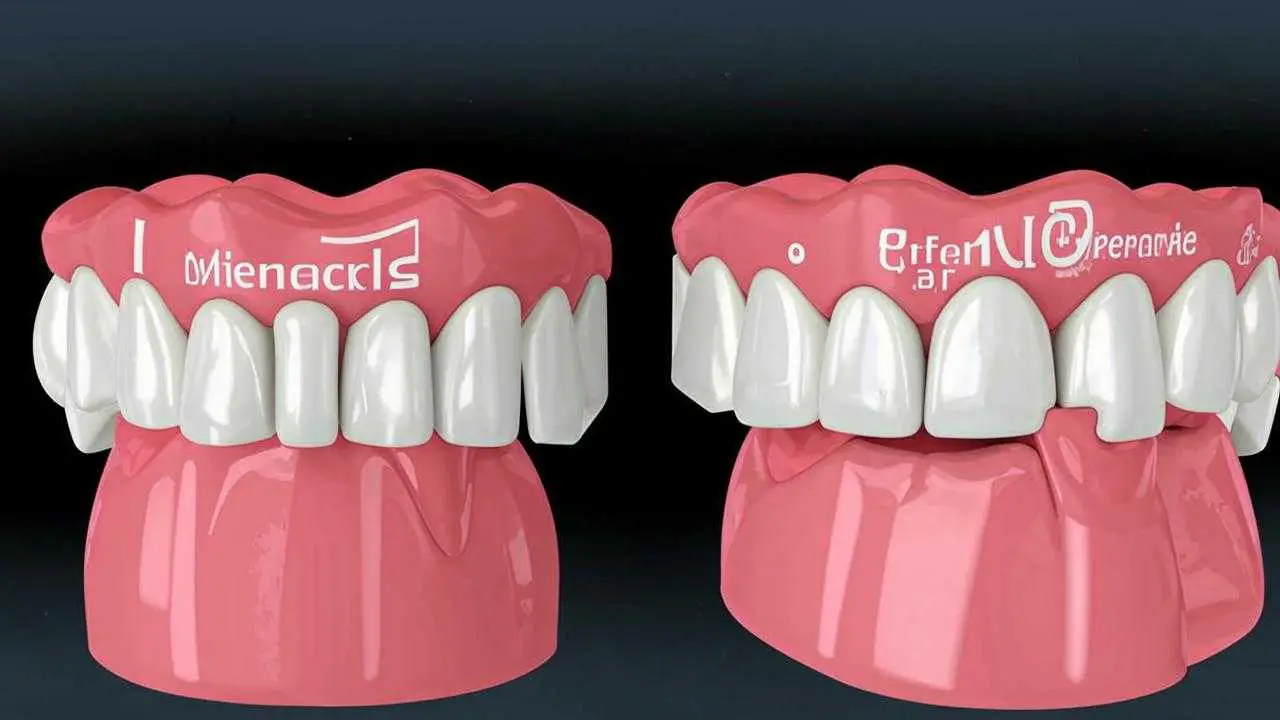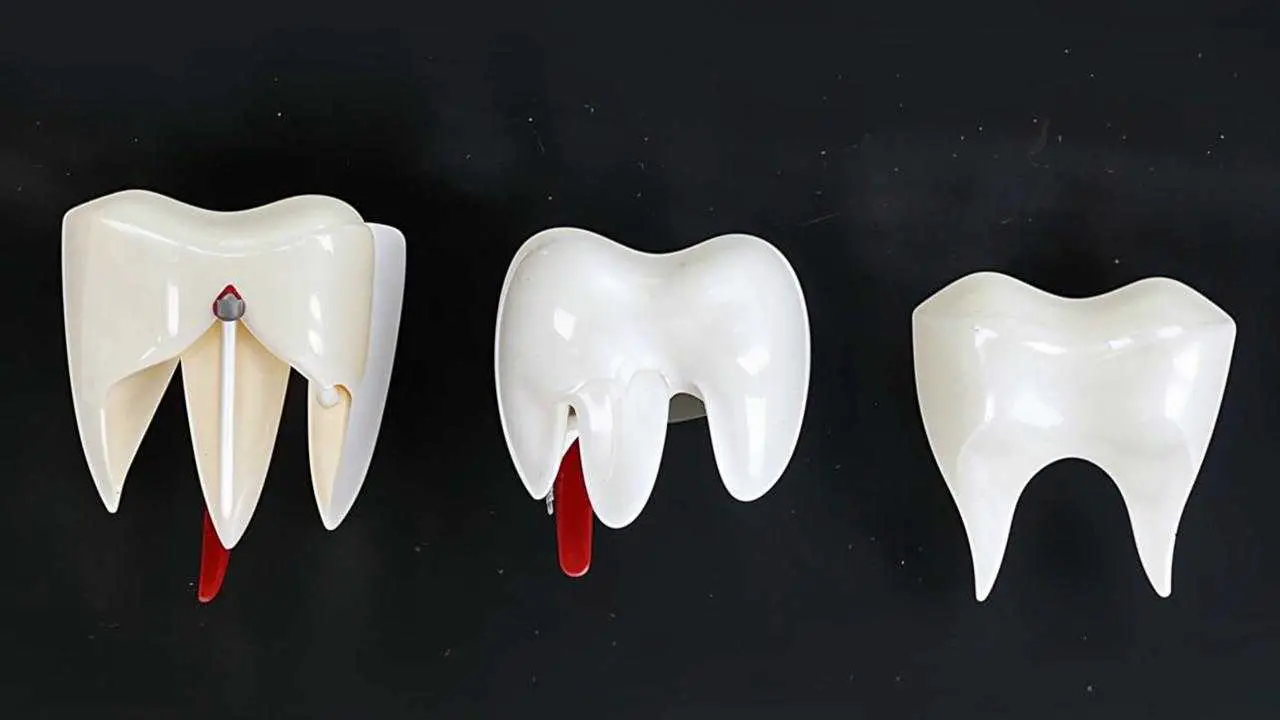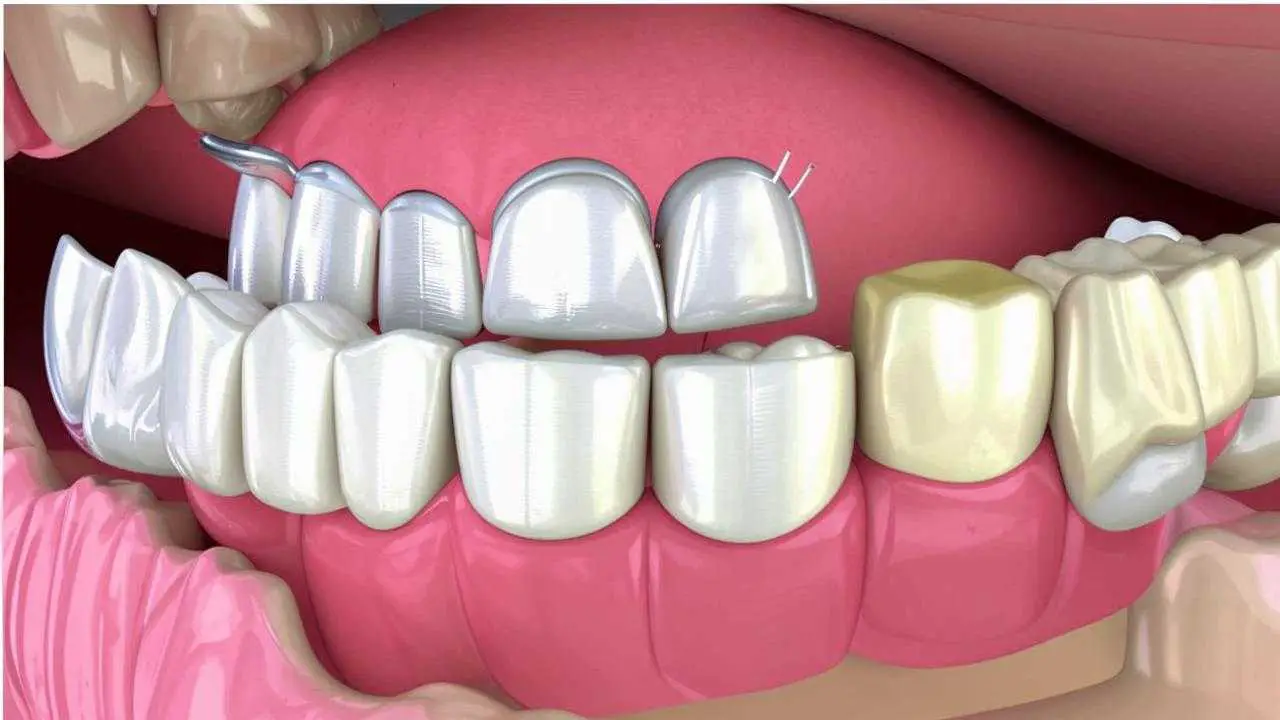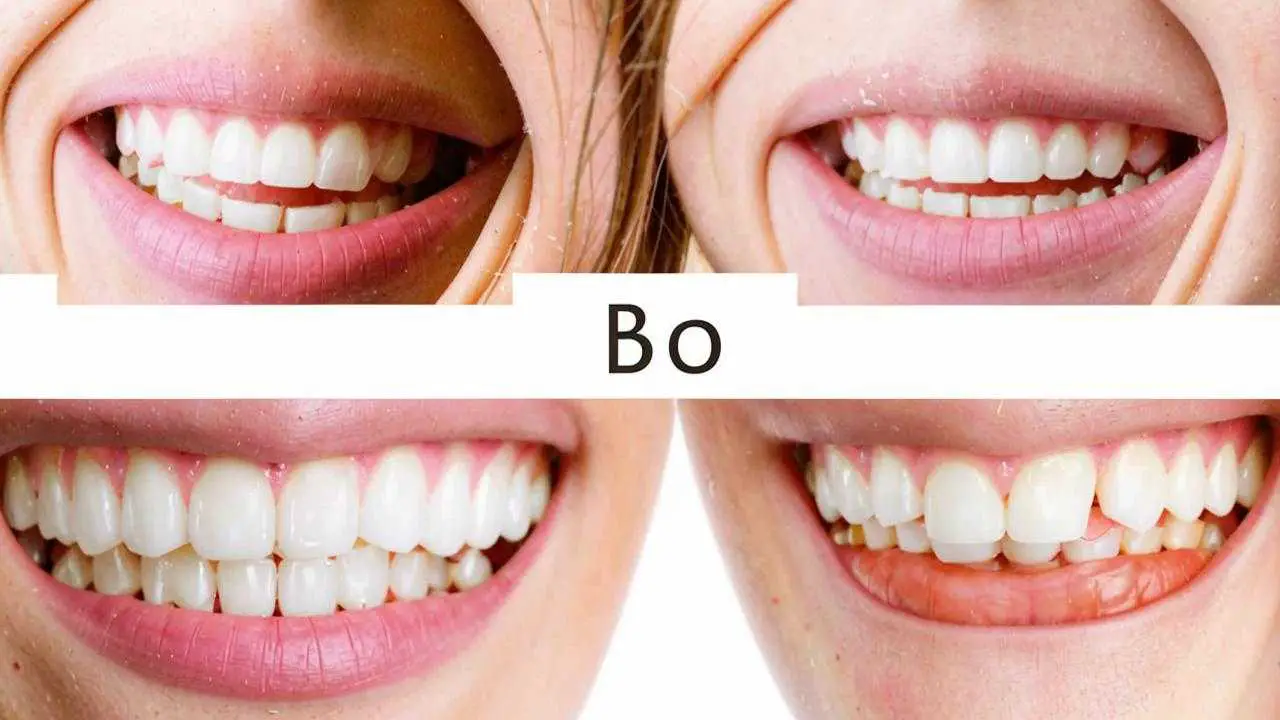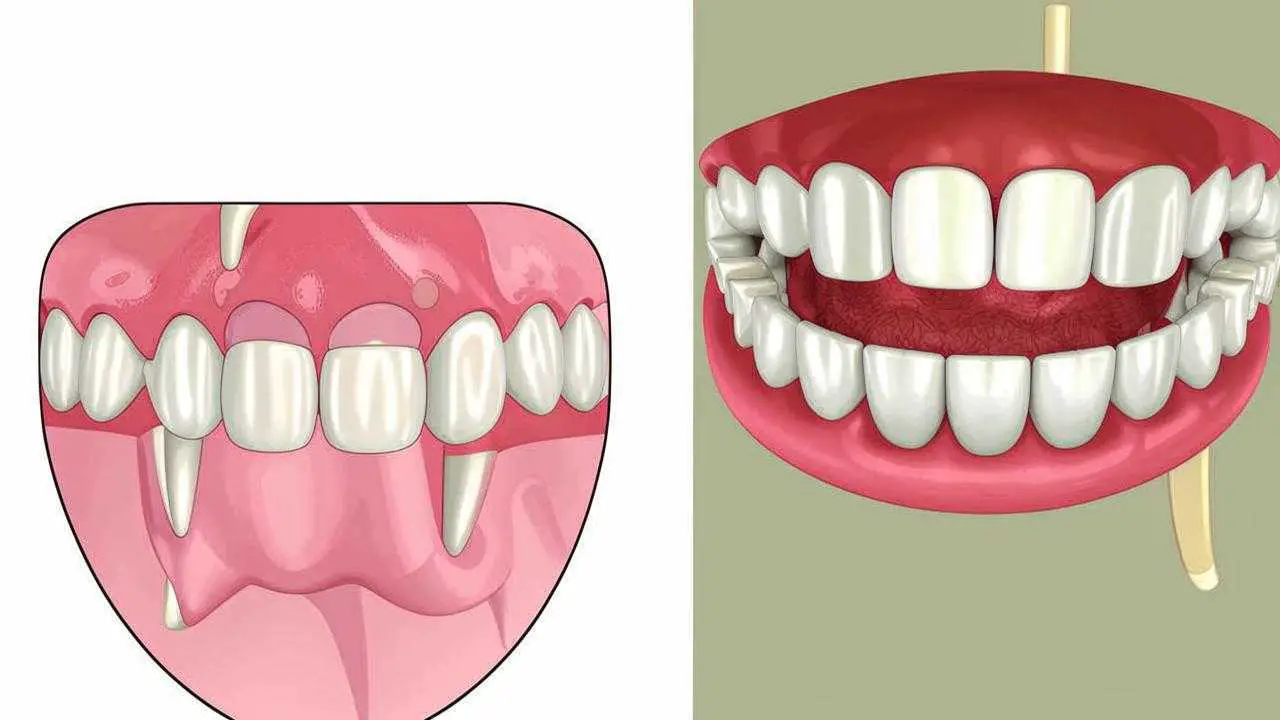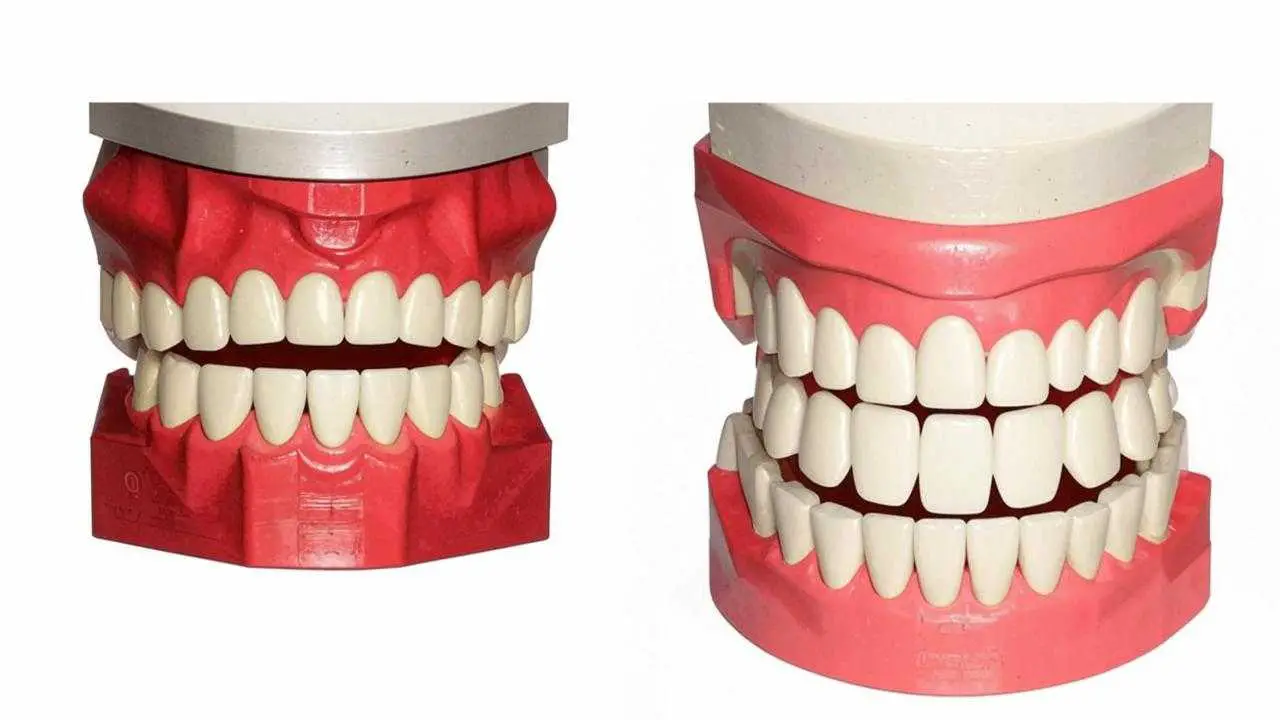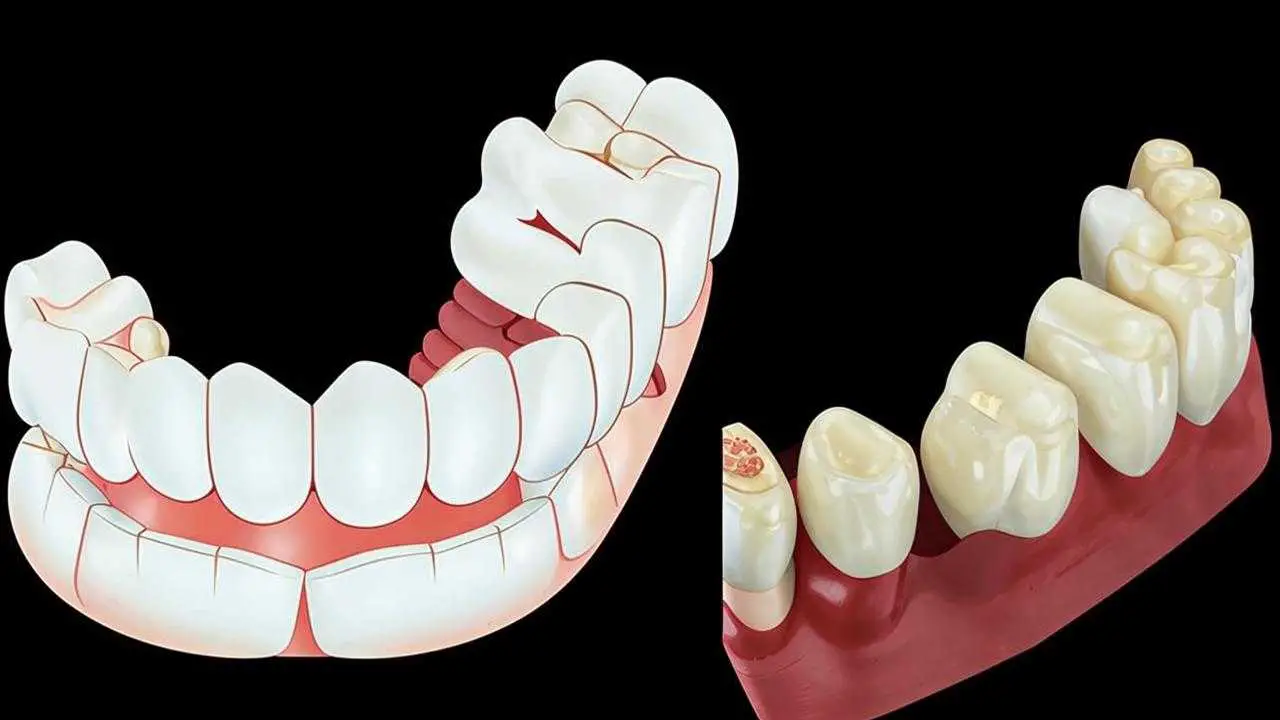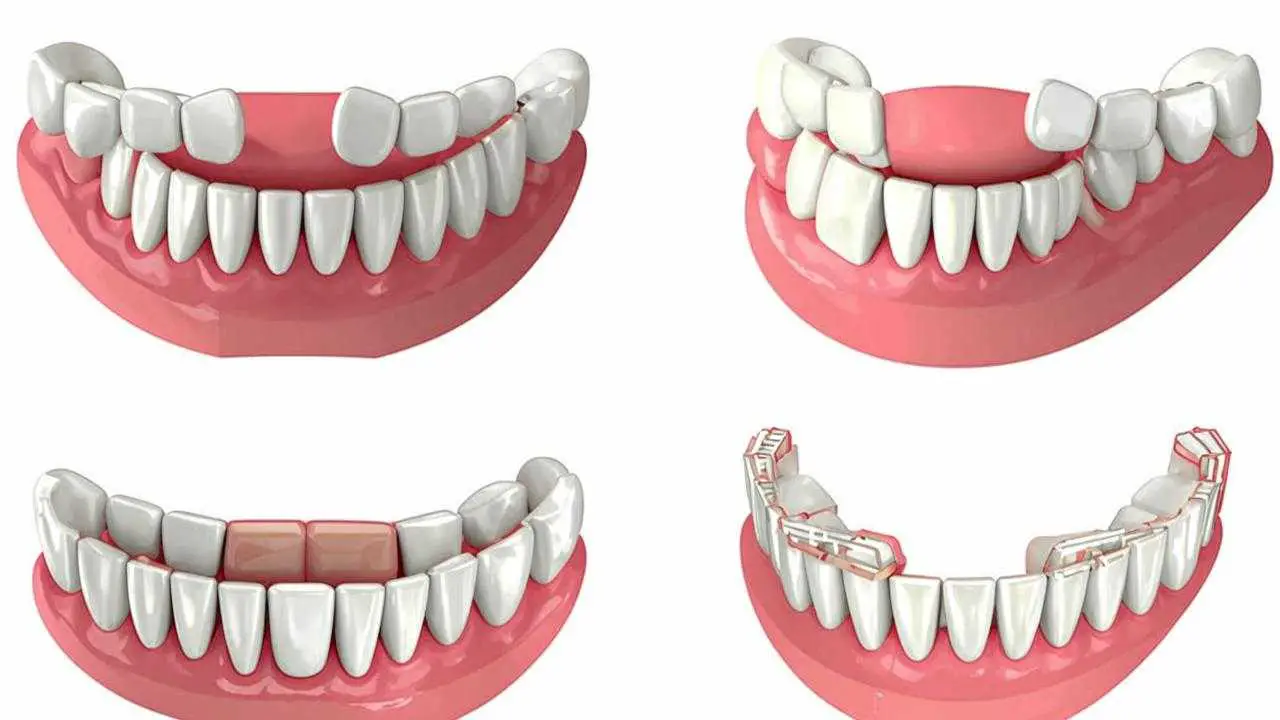وقت القراءة ~ 7 min عدد القراءات: 41122
A professional dentist will do everything to save a tooth, but sometimes this is not possible. You have to undergo surgery – extraction and plan for prosthetics after extraction. It is necessary because the aesthetics, the integrity of the tooth row is lost. There are problems with the bite, as neighboring teeth try to occupy the vacated space, the load on the entire jaw system is distributed incorrectly. And many other reasons that worsen the health of the patient – the price of refusing to prosthetics after tooth extraction in time.
Displacement of teeth in the absence of neighboring and antagonist teeth
Types of prostheses
After extraction, according to the indications, the doctor can offer the following type of prostheses:
- removable;
- fixed.
Sometimes added to the classification is a partially removable dental construction.
From the name it is clear that removable dentures, the patient can remove-insert independently. They are fixed on hooks, locks or suction cups. These are burettes, plate acrylic, nylon, nylon, quadrotti. A fixed denture is mounted on implants or support teeth.
According to the period of use, dentures are: temporary and permanent. The first are necessary to solve the problem – to hide defects while the dental technician is working on a permanent structure.
They differ from the material: acrylic, metal-ceramic, zirconium dioxide, nylon, acry-free, ceramic, etc., and from the method, technique of fabrication. And from the method, technique of manufacture.
مؤشرات وموانع الاستعمال
Indications of prosthetics after extraction:
- destruction of the tooth by more than 60% due to trauma or neglected disease;
- cyst (with impossibility of other treatment methods);
- severe mobility, wobbling;
- aesthetic restoration.
Contraindications:
- Acute diseases of the teeth or periodontium;
- uncompensated diabetes mellitus;
- weakened immunity (current illness, acute respiratory infections, specific treatment, chemotherapy);
- mental disorders.
There are contraindications for certain dentures:
- allergy to metal precludes placement of metal-ceramic crowns or metal crowns;
- allergy to acrylic. Acrylic-based prostheses are replaced by acrylic-free prostheses – acrylic free or others;
- significant bone loss will not allow to place an implant (preliminary osteoplasty will be necessary);
- chronically inflamed gingiva. In this situation, a full removable denture after tooth extraction or all-on-6 will be suitable;
- Wobbly teeth. Strong supporting teeth are needed for braces and bridges.
When to start dentures after tooth extraction
There are several approaches to the question – what prosthetics after extraction and at what point is possible. First of all, it is necessary to make a diagnosis before and after the surgical intervention. Discuss the proposed types of constructions. Decide what budget the patient is willing to spend.
The doctor may offer to put a denture immediately after extraction or after the healing of the hole in 2 أسبوعان. If there are inflammatory processes in the body, prosthetics can be postponed for several months.
Methods of dentures immediately after tooth extraction
There are several options when it is possible to make prosthetics immediately after tooth extraction – one-stage implantation or temporary prosthetics. In other cases, it is necessary to give the wound time to heal and not irritate the gum with the installation of structures.
One-stage implantation involves preparation. X-rays, analysis of the state of bone tissue, examination for the absence of inflammation, which can cause the dentist’s refusal. The implant may simply not take root. If everything is perfect, immediately after the extraction, an artificial tooth root – implant – is implanted in the same hole, and a crown is put on top. Everything happens in one day. The cost of such treatment in Moscow and the regions is quite high. If you have time, you can let the gum recover after removal and choose prosthetics at a more favorable price.
Immediat-prosthesis is made of dental plastic – it is a temporary prosthesis after tooth extraction. Its lifespan is no more than 6-12 months. It is necessary for a person to leave the dentist’s office with teeth, confident and knowing that now the process of making a permanent selected prosthesis in the dental laboratory will begin. And during this period he will be able to chew, eat, albeit with restrictions, but it is better that way.
Dentures after extraction within two weeks
Two weeks is enough for the wound after surgery to heal, the gums to calm down. You can opt for dentures after extraction:
- crowns, implant bridges. The gum is re-pierced to place the implant in the site. A temporary prosthesis is put on for the period of osseointegration and then a permanent structure is placed. This is the best prosthetic option. The load is placed on the bone and not on the gum. The implant acts as a root, preventing the tissue from atrophying. Put it in and forget it.
- braces. Removable structures on a metal arch with attached teeth, attached with hooks, which does not add aesthetics to the smile area. You can choose a buregel on crowns, pre-sharpen the support teeth, then no clammers will not be visible.
- إنnylon denture is very soft. This is its plus and minus. Imitates the missing tooth row, but quickly fails because of its softness and plasticity.
- Acrylic plate denture takes up a lot of space in the mouth and has a long adaptation period. It is aesthetically pleasing but fragile.
- Bridge prosthesis on supporting teeth. A reliable design with preliminary grinding of the supporting teeth. They must be healthy and strong, as they will experience additional load.
Dentures after extraction within 3 months
A period of several months is given to eliminate the reasons that did not allow you to install a prosthesis immediately after extraction or a few weeks later. These are inflammations of the gum, bone tissue, other diseases that require treatment and recovery.
In 3 months without proper loading atrophy, bone loss is possible, and therefore it is necessary to increase it by surgery for further implantation. The bite and position of the remaining teeth may already start to change and displacement may occur. This will give reason to refer the patient to an orthodontist. All additional stages of treatment result in additional costs.
Rehabilitation and care
After prosthetics, it takes time to get used to the new object in the oral cavity. Make it a habit to remove removable dentures twice a day for cleaning. Try to wean your tongue from touching the structures, especially if a full removable plate denture has been placed after removal. This can permanently dislodge it, making it mobile. Make sure not to wear the temporary dentures after removal for too long. They are not designed for this.
With a permanent denture on implants or teeth, you can live a completely normal life. Following the standard rules: brushing your teeth in the morning and before going to bed, flossing, visiting the dentist twice a year to assess the condition of your teeth and structures. Dentures placed after extraction will then last as long as they should.
